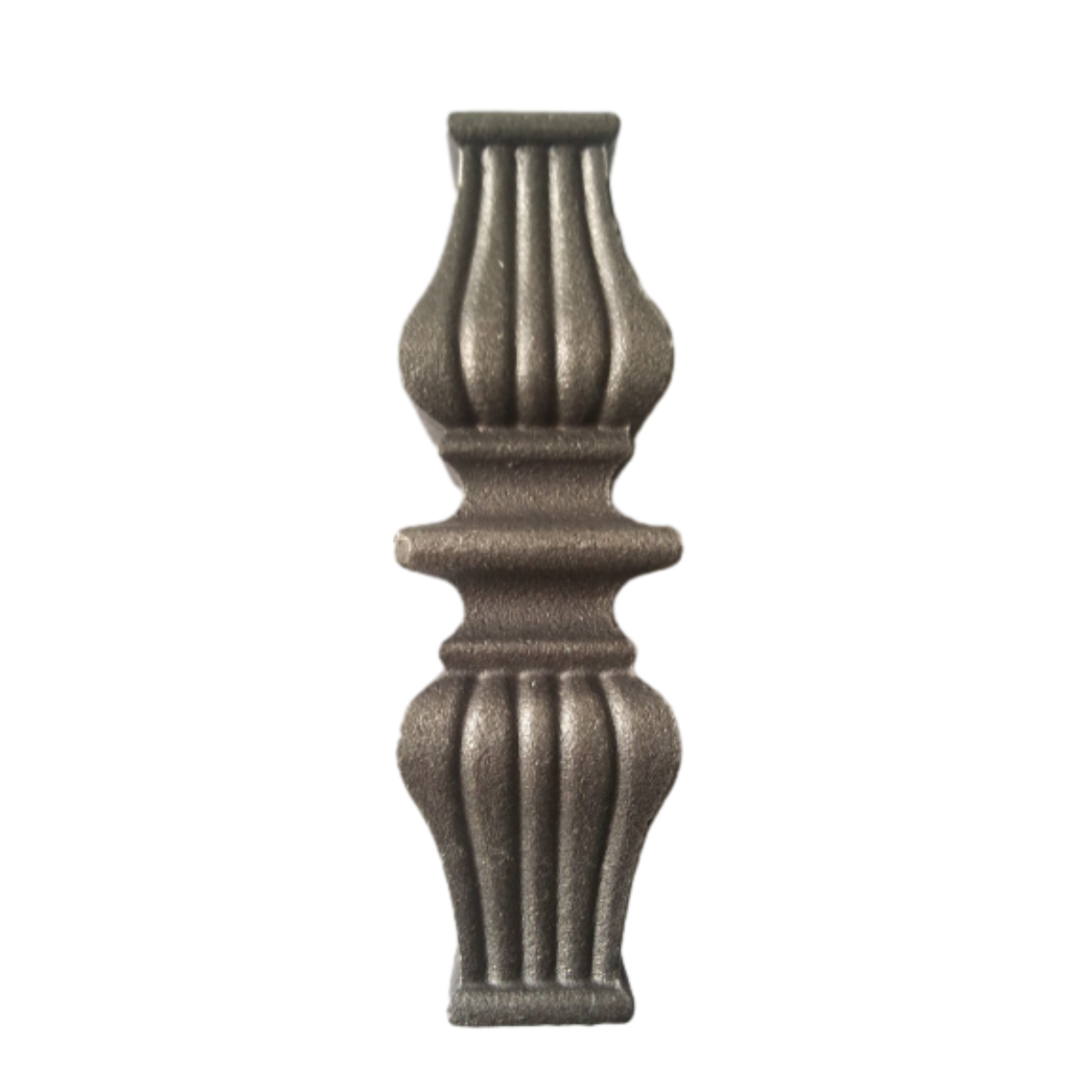cast iron casting
Understanding Cast Iron Casting An Overview
Cast iron casting is a metalworking process that has been utilized for centuries, allowing for the production of highly durable and versatile components. This method involves pouring molten iron into a mold to achieve various shapes and sizes, making it an essential technique in numerous industries, including automotive, construction, and art.
What is Cast Iron?
Cast iron is an alloy of iron, carbon, and silicon. The carbon content typically ranges from 2% to 4%, which gives cast iron its unique properties, such as excellent castability, wear resistance, and good machinability. There are several types of cast iron, including gray cast iron, ductile cast iron, white cast iron, and malleable cast iron, each with its specific characteristics and applications. Gray cast iron, known for its excellent machinability and thermal conductivity, is widely used for engine blocks and pipes. Ductile cast iron offers enhanced flexibility and strength and is often used in automotive components and heavy machinery.
The Casting Process
The process of cast iron casting begins with the preparation of the mold. Molds can be made from various materials, including sand, metal, or ceramic. Sand casting is one of the most common methods, where a pattern of the desired shape is created, and sand is compacted around it to form a mold. Once the mold is ready, the molten iron is carefully poured into it. The temperature of the molten iron typically ranges from 1,200 to 1,400 degrees Celsius (2,192 to 2,552 degrees Fahrenheit).
After the iron has cooled and solidified, the mold is removed, and the cast iron part is retrieved. Typically, further machining operations are performed to achieve the desired dimensions and surface finish. The cooling time and temperature control during the casting process are crucial as they affect the final properties of the cast iron, such as its hardness and ductility.
cast iron casting

Advantages of Cast Iron Casting
One of the significant advantages of cast iron casting is its ability to be produced in complex shapes and sizes with excellent dimensional accuracy. This flexibility is vital in producing intricate components that can meet specific design requirements. Additionally, cast iron has a natural damping capacity that helps in vibration isolation, making it ideal for machinery bases and large structures.
Another benefit of using cast iron is its cost-effectiveness. The materials used in casting are relatively inexpensive, and the process allows for mass production, reducing overall production costs. Furthermore, cast iron is highly durable and can withstand high temperatures and pressures, making it suitable for a wide range of applications.
Challenges and Considerations
While cast iron casting has numerous advantages, it is not without challenges. The process requires precise control of temperature and composition to prevent defects such as porosity or shrinkage. Also, the brittleness of cast iron can pose limitations in applications where impact resistance is critical. Manufacturers must carefully evaluate the specific requirements of their projects to choose the right type of cast iron and casting method.
Conclusion
In conclusion, cast iron casting remains a vital and widely used manufacturing process due to its ability to create durable, cost-effective components with excellent performance characteristics. As technology advances, the techniques and materials used in casting continue to evolve, offering new possibilities for innovation in various industries. Understanding the fundamentals of cast iron and its casting processes is essential for anyone involved in metalworking or manufacturing, paving the way for future advancements in this timeless craft.
-
Wrought Iron Components: Timeless Elegance and Structural StrengthNewsJul.28,2025
-
Window Hardware Essentials: Rollers, Handles, and Locking SolutionsNewsJul.28,2025
-
Small Agricultural Processing Machines: Corn Threshers, Cassava Chippers, Grain Peelers & Chaff CuttersNewsJul.28,2025
-
Sliding Rollers: Smooth, Silent, and Built to LastNewsJul.28,2025
-
Cast Iron Stoves: Timeless Heating with Modern EfficiencyNewsJul.28,2025
-
Cast Iron Pipe and Fitting: Durable, Fire-Resistant Solutions for Plumbing and DrainageNewsJul.28,2025
-
 Wrought Iron Components: Timeless Elegance and Structural StrengthJul-28-2025Wrought Iron Components: Timeless Elegance and Structural Strength
Wrought Iron Components: Timeless Elegance and Structural StrengthJul-28-2025Wrought Iron Components: Timeless Elegance and Structural Strength -
 Window Hardware Essentials: Rollers, Handles, and Locking SolutionsJul-28-2025Window Hardware Essentials: Rollers, Handles, and Locking Solutions
Window Hardware Essentials: Rollers, Handles, and Locking SolutionsJul-28-2025Window Hardware Essentials: Rollers, Handles, and Locking Solutions -
 Small Agricultural Processing Machines: Corn Threshers, Cassava Chippers, Grain Peelers & Chaff CuttersJul-28-2025Small Agricultural Processing Machines: Corn Threshers, Cassava Chippers, Grain Peelers & Chaff Cutters
Small Agricultural Processing Machines: Corn Threshers, Cassava Chippers, Grain Peelers & Chaff CuttersJul-28-2025Small Agricultural Processing Machines: Corn Threshers, Cassava Chippers, Grain Peelers & Chaff Cutters












